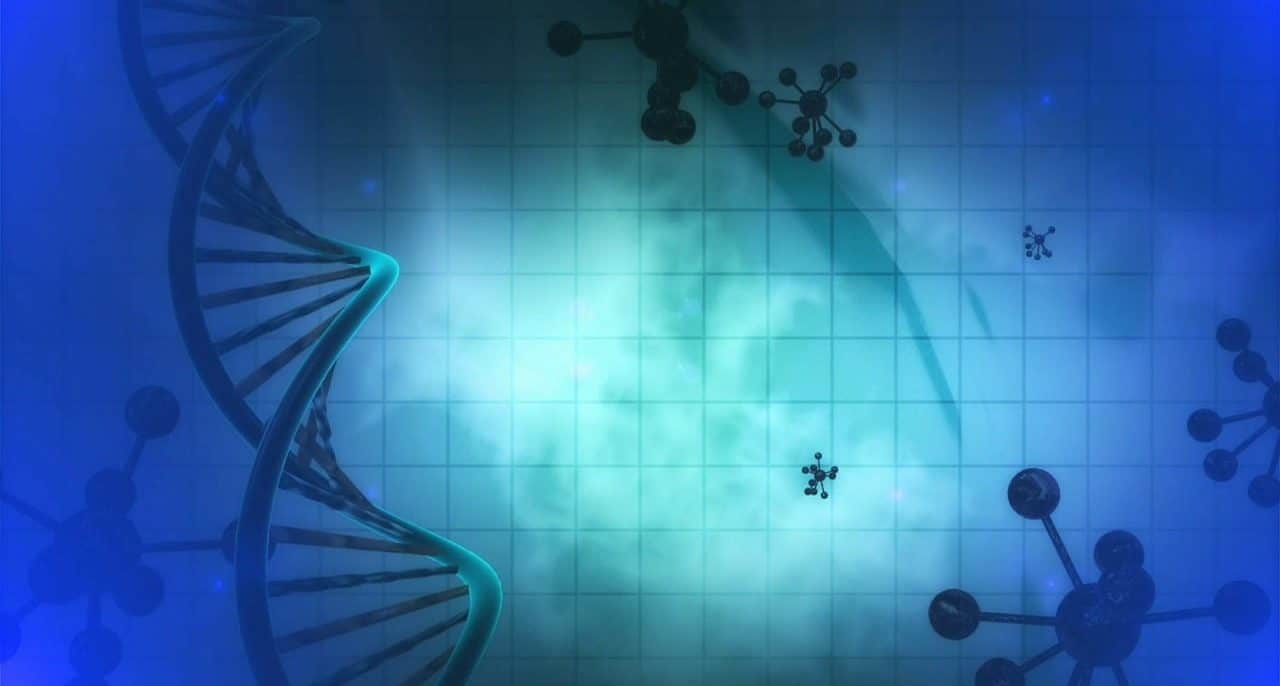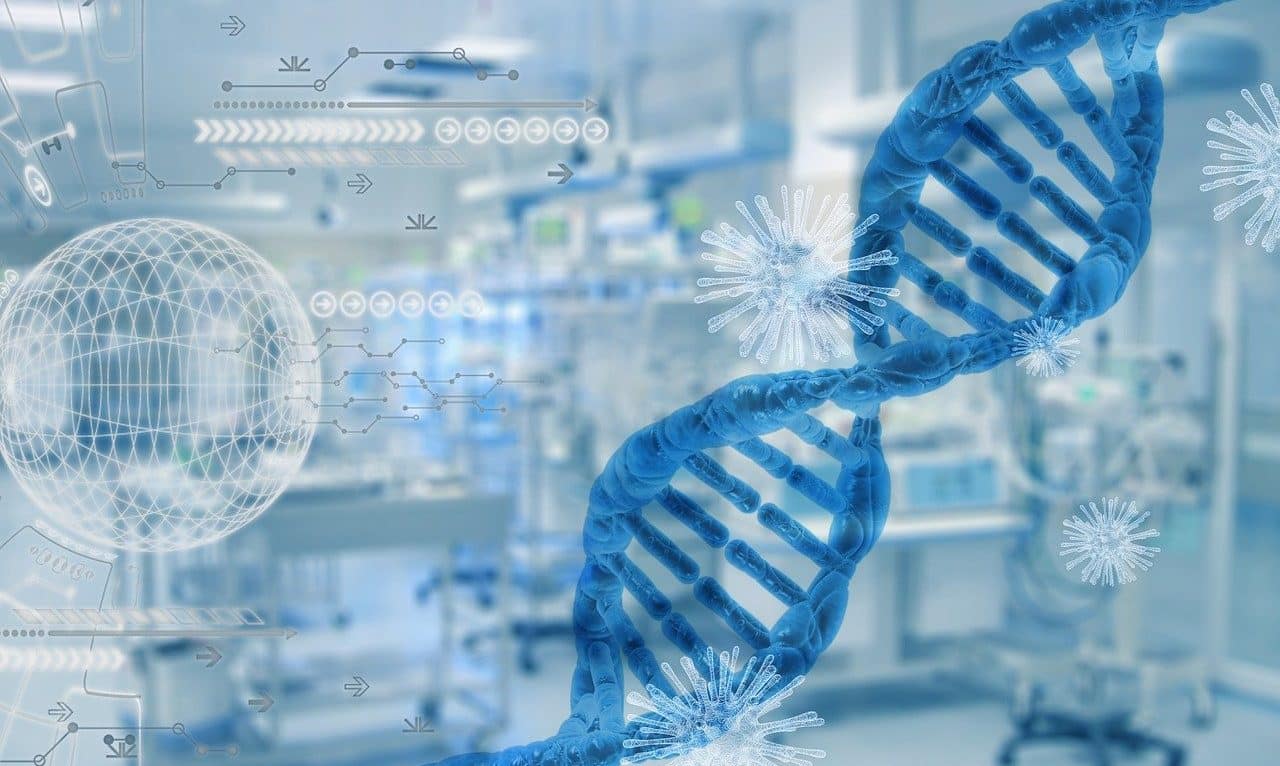
A plasmid is a DNA molecule that replicates independently of the chromosome.
A plasmid is a deoxyribonucleic acid ( DNA ) molecule whose replication is independent of the DNA chromosome. Depending on the cell in question, there may be a single plasmid or up to several hundred.
Plasmids can have an identical configuration to chromosomal DNA (such as a double helix ) but they are always outside the structure and do not have associated proteins. The information contained in these molecules is usually not essential, although they provide certain qualities to the host under certain conditions.
Plasmids are usually found in bacteria : in fact, most bacteria have these molecules. Plasmids have also been found in eukaryotic organisms.
Characteristics of a plasmid
In addition to all of the above, it is worth knowing in depth other important characteristics of plasmids, among which are the following:
- The types of genes they operate with are different. Thus, for example, you can find everything from genes that encode enzymes to those that offer resistance to antibiotics to those that produce toxic substances for different bacteria.
- If we start from the criterion of the type of genes they use, specifically what they carry, the plasmids can be classified into those that carry resistance genes, those that carry substance degradation genes, those that have virulence genes, and those that carry virulence genes. that have fertility genes.
Thanks to their ability to reproduce independently of the DNA chromosome, plasmids are used in genetic engineering to select certain clones . Plasmids can be chosen for their resistance to some substances, such as antibiotics.

Plasmids fulfill different functions.
Classification according to type
According to their function, it is possible to differentiate between various types of plasmids. Resistance plasmids are those that can face the action of a poison , an antibiotic, etc. Virulent plasmids , for their part, transform bacteria into pathogens, while degradative plasmids help digest unusual substances.
The resistance plasmid that is part of bacteria and can have up to a dozen genes that give it this capacity is known as the R plasmid .
When the plasmid manages to integrate by its own action into the host's DNA chromosome, it is called an episome . When cell division occurs, the episome ends up duplicating and integrating into the basic genetic map of the host .
The plasmids in "BioShock"
It should not be overlooked that plasmids also play a leading role in the “BioShock” video game series. Specifically, Dr. Yi Suchong is taken as a fundamental figure, who, through the use of ADAM, manages to shape a significant number of plasmids that are genetic improvements that come from an Atlantic sea slug.
Through said slug, the aforementioned scientist has allowed plasmids to be created that allow obtaining a series of notable superpowers. Specifically, among the most significant are these:
- Telekinesis , which is used to catch people and things to throw them at high speed.
- Electroray , which launches what are electrical discharges to paralyze the enemy.
- Incineration , which allows, with a simple snap of the fingers, the rival to be incinerated in just a few seconds at 1,000º.
